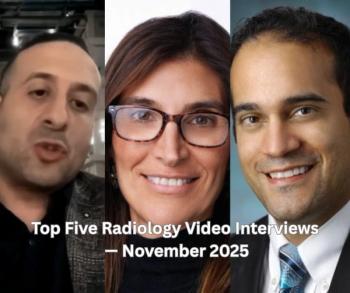
A better understanding of thoracentesis should improve coding decisions
Physicians can improve coding decisions by better understanding needle-based and catheter-based thoracentesis techniques.
I have audited numerous radiology reports and it has become abundantly clear that a better understanding of the variations of a thoracentesis procedure is needed. Of course, in a perfect world the physician would give us the full description of the technique used and all guessing would be gone (from a coder’s perspective anyway). However, this is only in a perfect world and not in the true, fast-paced world our physicians are subjected to on a daily basis. I have gathered this information to better define the two thoracentesis techniques.
Thoracentesis is the process by which fluid is removed from the pleural space of the lungs. Fluid accumulation may be secondary to surgery, pneumonia, injury, heart failure, cancer, or other infections. This drainage process can occur with a needle or a catheter, depending on the physician’s technique.
There are two different types of thoracentesis, needle-based and catheter-based.
Thoracentesis (needle) is reported with 32421. When the procedure involves a needle aspiration without catheter placement, a 22 to 25-gauge needle is usually used, although there will be some variation in needle sizes. When coding needle aspiration thoracentesis (32421), the verbiage may take various forms, such as the following:
- 18-gauge sheath needle
- 19-gauge sheath needle
- Teflon-sheathed needle
Thoracentesis (catheter) involves a puncture of the pleural space and insertion of a catheter for aspiration with the catheter withdrawn upon completion. A catheter procedure should be reported as 32422. This catheter is usually 3 to 6-French (F) in size. The catheter thoracentesis could be of any type (intracath, cannula, or Yueh needle/catheter). If the duration of its placement is not defined, the catheter is removed at the end of procedure.
When coding catheter thoracentesis (32422) you may see it mentioned in various ways, including the following:
- Yueh system or Yueh needle (the needle is removed, leaving the catheter in place for drainage)
- 5-F centesis needle
- 18-gauge sheath needle with removal of the needle and, at the end of the procedure, removal of the catheter
- Thoracentesis catheter
- A 6-F pigtail centesis catheter was introduced into the pleural fluid. Needle was removed for catheter advancement into the pleural fluid, and catheter was removed on completion of drainage
- 19-gauge Yueh needle
- 18-gauge spinal needle inserted percutaneously with tip placed in pleural fluid. Needle was removed as aspiration began through catheter. Upon completion of procedure the catheter was removed.
- A 5-F Yueh catheter was introduced into pleural fluid. The needle was removed as the catheter was advanced into the pleural fluid. The catheter was removed upon completion.
- One-step centesis catheter
I hope this information was of value and will help guide you to the correct concept.
Ms. Snyder is a certified professional coder and corporate director of coding for Zotec Partners.
Newsletter
Stay at the forefront of radiology with the Diagnostic Imaging newsletter, delivering the latest news, clinical insights, and imaging advancements for today’s radiologists.


























